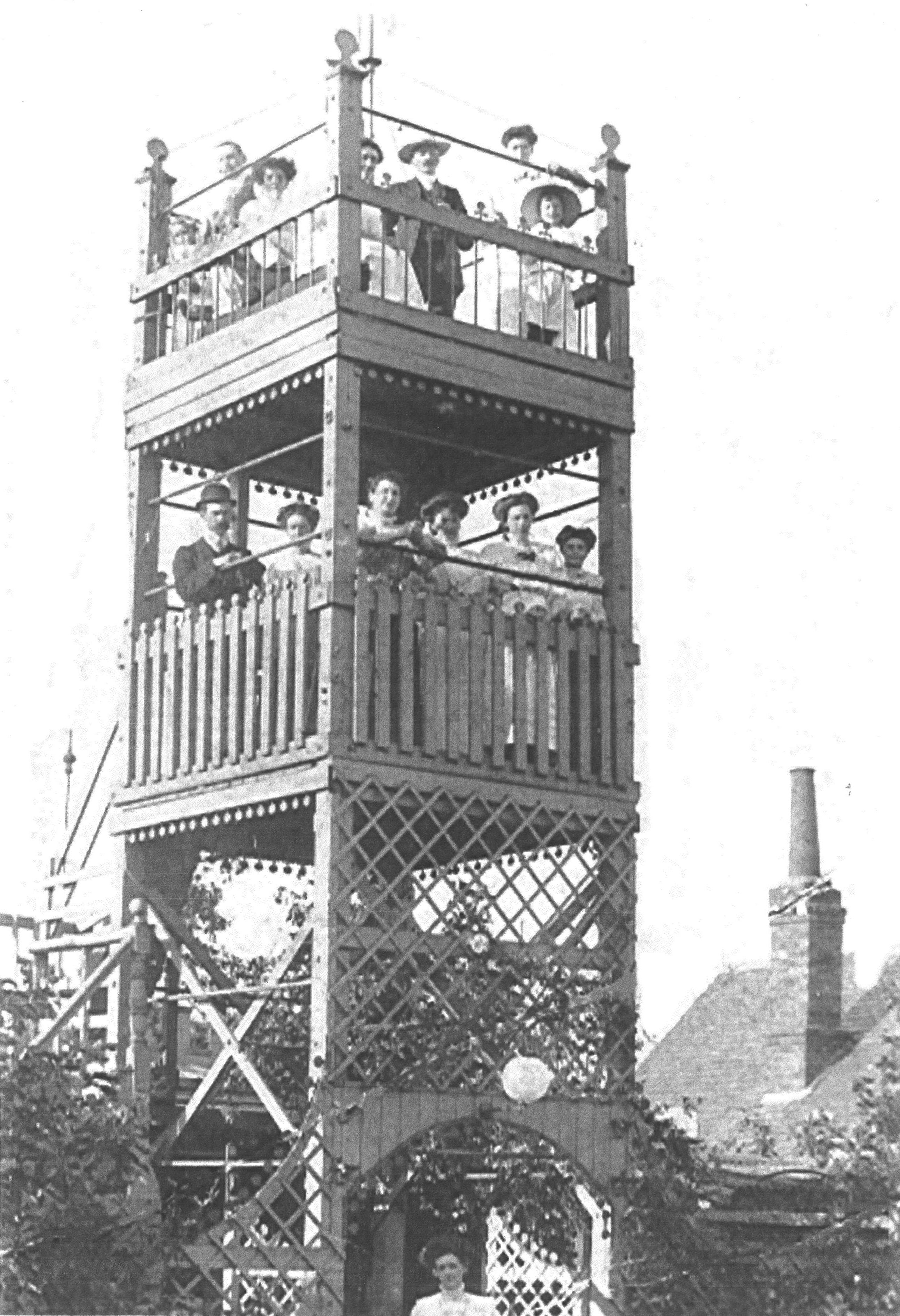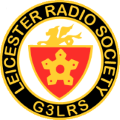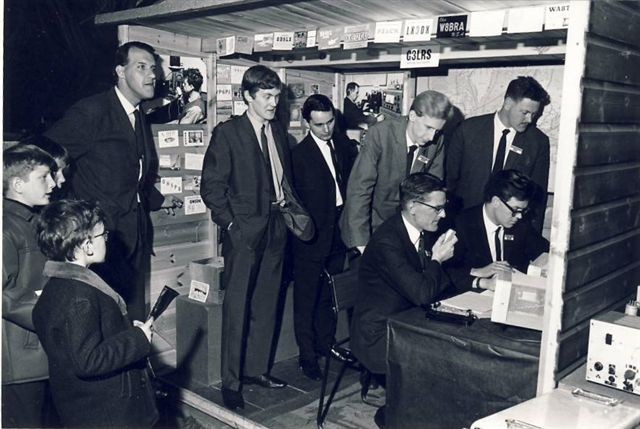 An amateur radio society affiliated to the Radio Society of Great Britain, the LRS looks to a Mr. J.T. Clarke as the foundation for their present day club. Mr. Clarke in 1909, created a wireless transmitter and receiver which came to be known as the 'Birstall Lighthouse.'
An amateur radio society affiliated to the Radio Society of Great Britain, the LRS looks to a Mr. J.T. Clarke as the foundation for their present day club. Mr. Clarke in 1909, created a wireless transmitter and receiver which came to be known as the 'Birstall Lighthouse.'
The lighthouse was constructed of a 40 ft. wooden tower, which carried the aerials and two platforms capable of holding more than a dozen people. Located in Park Road, the initial spark transmission was sent out from Birstall in 1910. The signal travelled eight miles to Clarendon Park Road and the success of the transmission reputedly gave the Birstall Lighthouse the status of being the first radio station in Leicester. (please click here to read more information about the Birstall Lighthouse and its inventor)
Sometime between 1912-1913, a millinery shop in Churchgate, Leicester, would become the first base for the initial formation of the Leicester Radio Society. The shop was owned by a Mrs. Mays, whose husband Sam enjoyed experimenting in communications along with his colleagues Mr. Cyril Atkinson A.I.R.E & Mr. Joe Pallett. Mrs. Mays granted permission to her husband for the use of the upstairs room for experiments. It wasn't long before other interested people were attracted and Sam created, 'Mays of Churchgate.'
The Leicester Radio Club was in its initial stages and it is believed that in 1912, the magazine - the 'Model Engineer,' carried a photograph and article on the newly formed Leicester Radio Society.
The Club's first President was believed to have been Mr. Cyril Atkinson himself, with the job of Secretary going to Mr. Joe Pallett. The outbreak of World War I saw a required cease of operations and also saw Mr. Pallet take up a radio operator position with the Merchant Navy. In March of 1919, the ban on radio operations had still not been lifted and Marconi's, 'Wireless World,' came to amateur radio's aid by stating that wireless telegraphy might not have existed at all had it not been for the amateur radio enthusiast. Therefore, surely the government was mistaken to insist on further restrictions? Clubs soon began their activities again with the Leicester Radio Society being among them
Receiving apparatus for amateur radio had been restricted by the Post Office and it wasn't until May of 1920 that a General Post Office licence was introduced which allowed transmitting as well as receiving radio waves. Joe Pallet was believed to have been one of the first to obtain a GPO licence and began to transmit in Leicester in 1920. The transmitter that Mr. Pallet used was powered by nothing less than a hand cranked generator.
In 1923, the Leicester Radio Society was approached by Desford Colliery. The Colliery wanted a special investigation team to conduct experiments using radio waves underground. It was hoped that the results would provide communication between miners underground and those above ground. The end result was a desire to improve all aspects of safety.
The Leicestershire Mines Radio Investigation committee was formed with Joe Pallett and Cyril Atkinson being awarded two licences, 2JR and 2JS specifically for the investigation. Experiments were conducted between 1923 - 1925 and Mr. Pallet for his efforts, was offered a fellowship with the Royal Society of Arts. (A paper written by E. E. Bramall describing these experiments for the Institution of Mining Engineers is reproduced in its entirety here)
A call book issued in 1924 reveals that there were fourteen Leicestershire licences listed as having British Experimental Transmitting Stations. Joe Pallet's was among them, along with the Leicester Mercury. Experimental stations and applicants were asked to show 'a line of experiment' to obtain a call sign. Of the fourteen initially listed, not one remains today and some call signs have been allocated several times.
In the 1930's, membership of the Leicester Radio Society was restricted to professionals. Members included physicians, solicitors and local businessmen. Meetings were held in a private room above 'Winns Oriental Cafe' in Granby Street, probably in the hopes that membership to younger, enthusiasts would be averted. Bob Roberts - call sign G2RO, had taken over Pallet's job as Secretary and other call signs in evidence were G6VQ, G5VH, G6WU, G6GF and G6JQ.
In 1939, World War II again impacted amateur radio. Although all amateur stations were ordered to close, it is believed that some were allowed to keep their stations for the activity of 'eavesdropping.' The Leicester Radio Society remained active during the war period, meeting at a chapel in Charles Street.
In 1948 the group calling themselves the "Leicester Radio Society" affiliated the group to "The Television Society" and became known as the "Leicester Centre of the Television Society".
The copyright of the article The Leicester Radio Society in Leicestershire is owned by Elizabeth Batt. Permission to republish The Leicester Radio Society in print or online must be granted by the author in writing.







